Sri Lanka is known for its lush greenery and pristine beaches, which are shaped by its two monsoon seasons, the Yala Season and the Maha Season. These seasons alternate throughout the year, bringing different patterns of rainfall and affecting various aspects of life in the country.
Understanding Monsoon Seasons
Monsoon seasons are periods of heavy rainfall caused by the shifting wind patterns in the region. Sri Lanka’s location in the Indian Ocean exposes it to two major monsoons: the Yala Season, which is driven by the southwest monsoon winds, and the Maha Season, which is brought about by the northeast monsoon winds.
Yala Season: The Southwest Monsoon
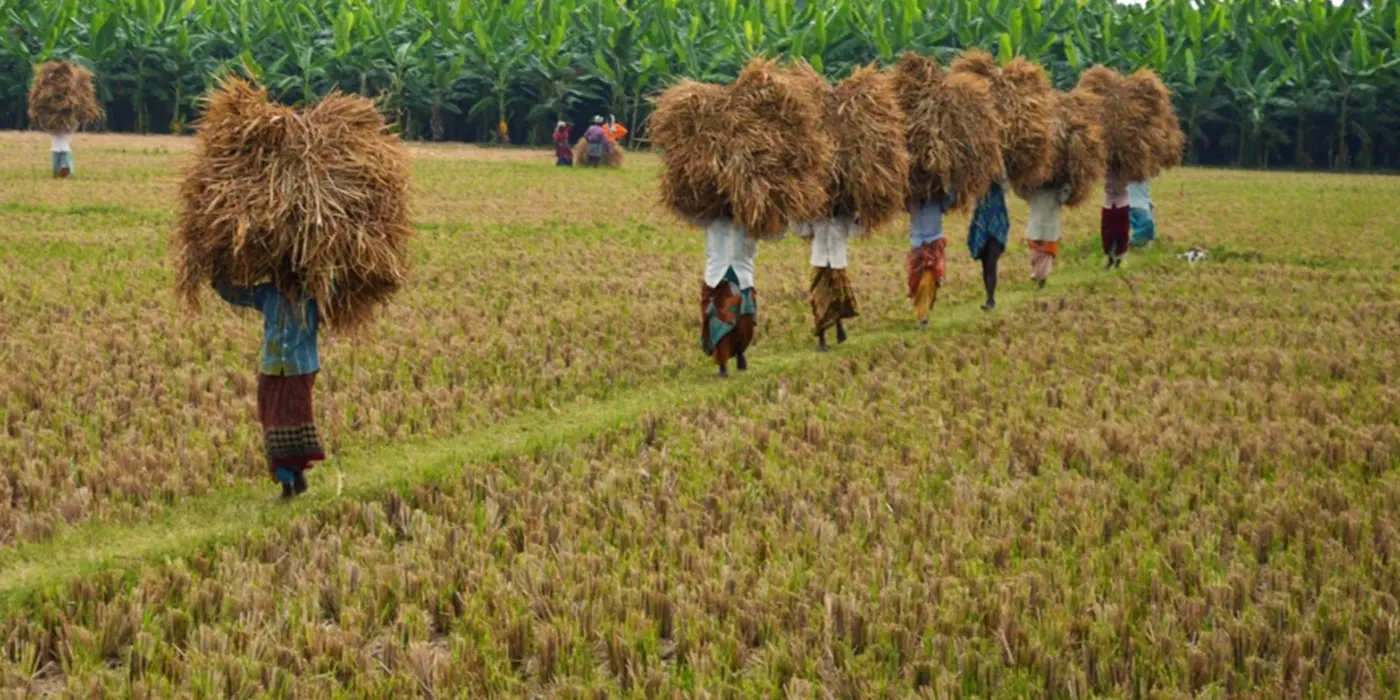
The Southwest Monsoon season, also known as the Yala season, runs from May to August. During this time, the southwestern parts of Sri Lanka receive abundant rainfall from the southwest monsoon winds. The air becomes cooler, and the country’s vegetation flourishes.
This season is vital for agriculture, as it rejuvenates the soil and fills reservoirs. Farmers take advantage of this rainfall to cultivate crops like rice, vegetables, and fruits. The wet conditions are also conducive for tea cultivation, a significant industry in Sri Lanka.
This season also brings with it cultural celebrations, including the famous Vesak festival. Vesak is a Buddhist festival that celebrates the birth, enlightenment, and passing of Lord Buddha. Colorful lanterns illuminate the streets, and acts of goodwill are common during this time.
Maha Season: The Northeast Monsoon
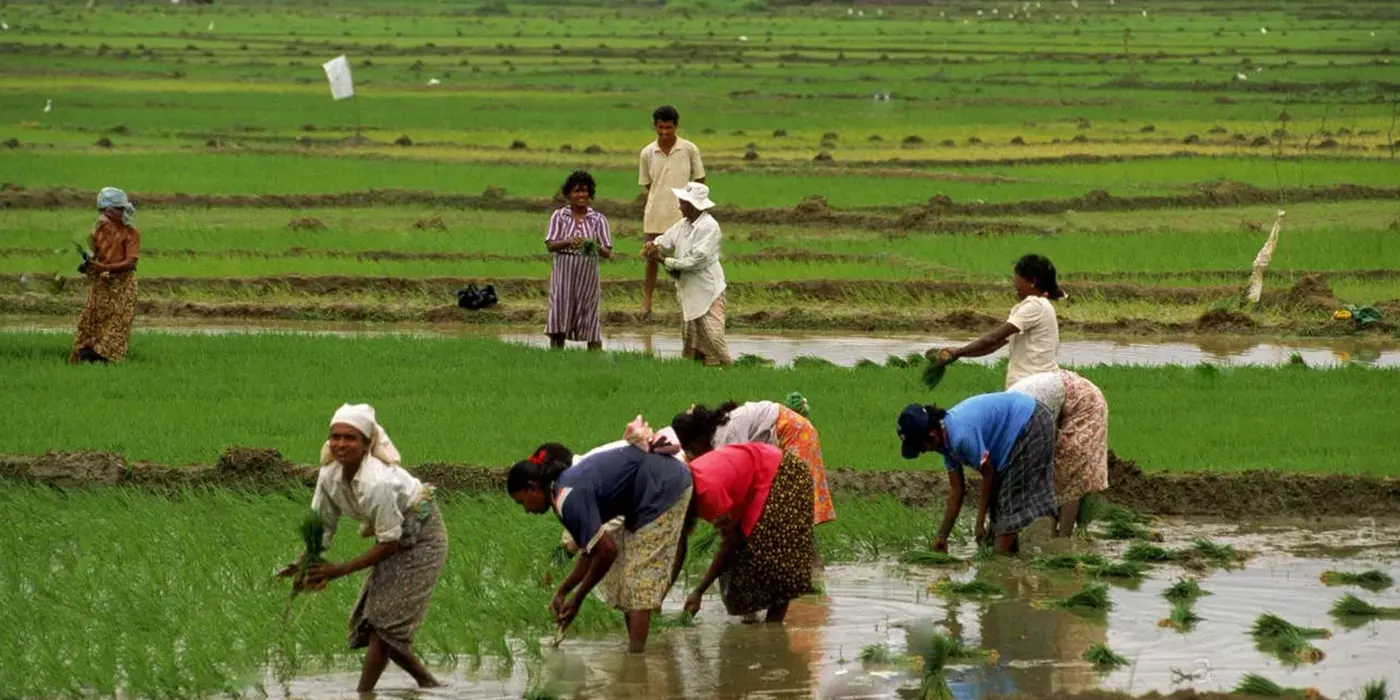
The Maha season, also known as the Northeast Monsoon season, arrives between October and January. During this time, the northern and eastern parts of Sri Lanka receive heavy rainfall from the northeast monsoon winds. The Maha season is often considered the major monsoon period in Sri Lanka.
The Northeast Monsoon season is crucial for agriculture, as it replenishes water reservoirs and supports the growth of crops that sustain the population. The Maha season is especially important for the cultivation of staples like rice.
In addition to its agricultural importance, the Maha season is also a time of festivities. The Diwali festival, also known as the Festival of Lights, takes center stage during this time. Diwali signifies the triumph of light over darkness and is celebrated with vibrant decorations, delicious sweets, and the lighting of oil lamps.
Comparing Yala and Maha Seasons
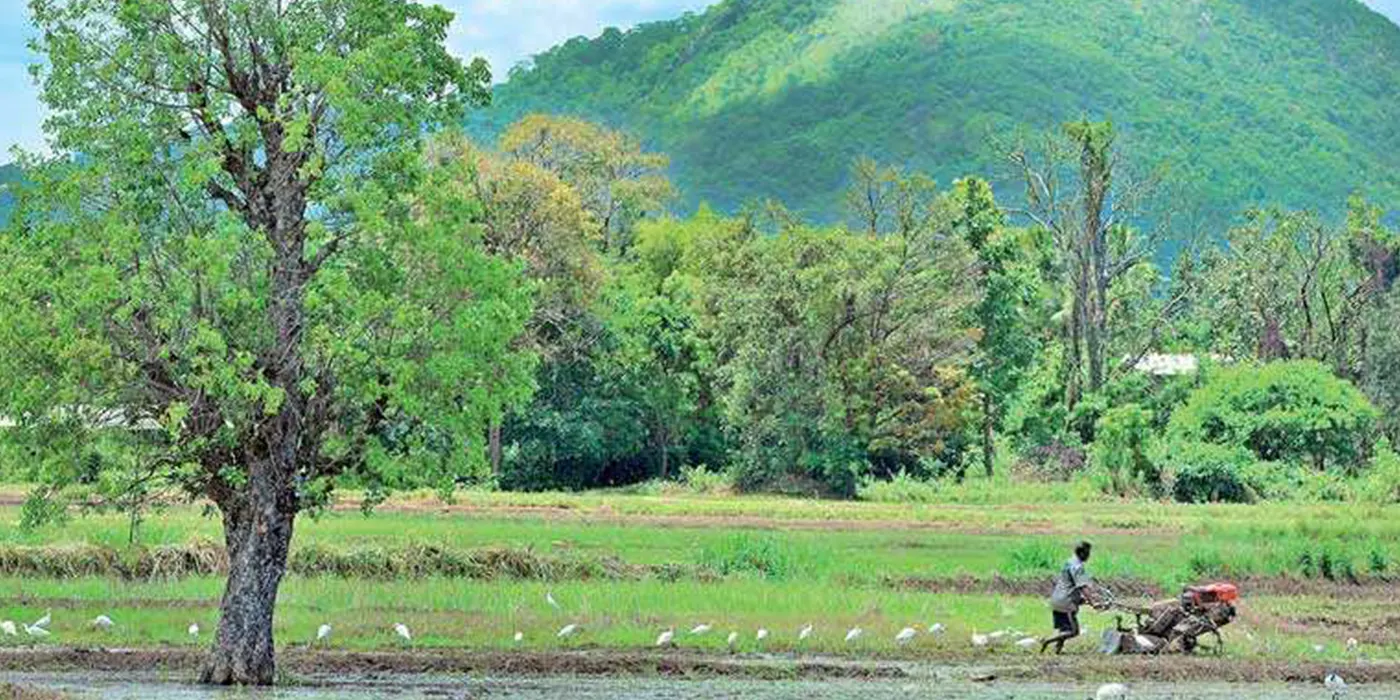
The Yala and Maha seasons are the two main monsoon seasons in Sri Lanka. The Yala season runs from May to August, and the Maha season runs from October to January.
The Yala season is characterized by shorter but more intense bursts of rainfall, while the Maha season brings more continuous rain over a longer period. These distinct patterns influence the types of crops that can be grown during each season.
The Yala season is suitable for short-duration crops, such as vegetables and fruits. The Maha season supports the cultivation of long-duration crops, such as rice. The combination of both seasons ensures a diverse agricultural landscape throughout the year.
Agriculture is a major driver of Sri Lanka’s economy, and both the Yala and Maha seasons contribute significantly to the nation’s GDP. The success of these seasons dictates food availability and export potential.
Related reading: Sri Lanka Weather: Best & Worst Time to Visit by Month
The Significance of Rainfall
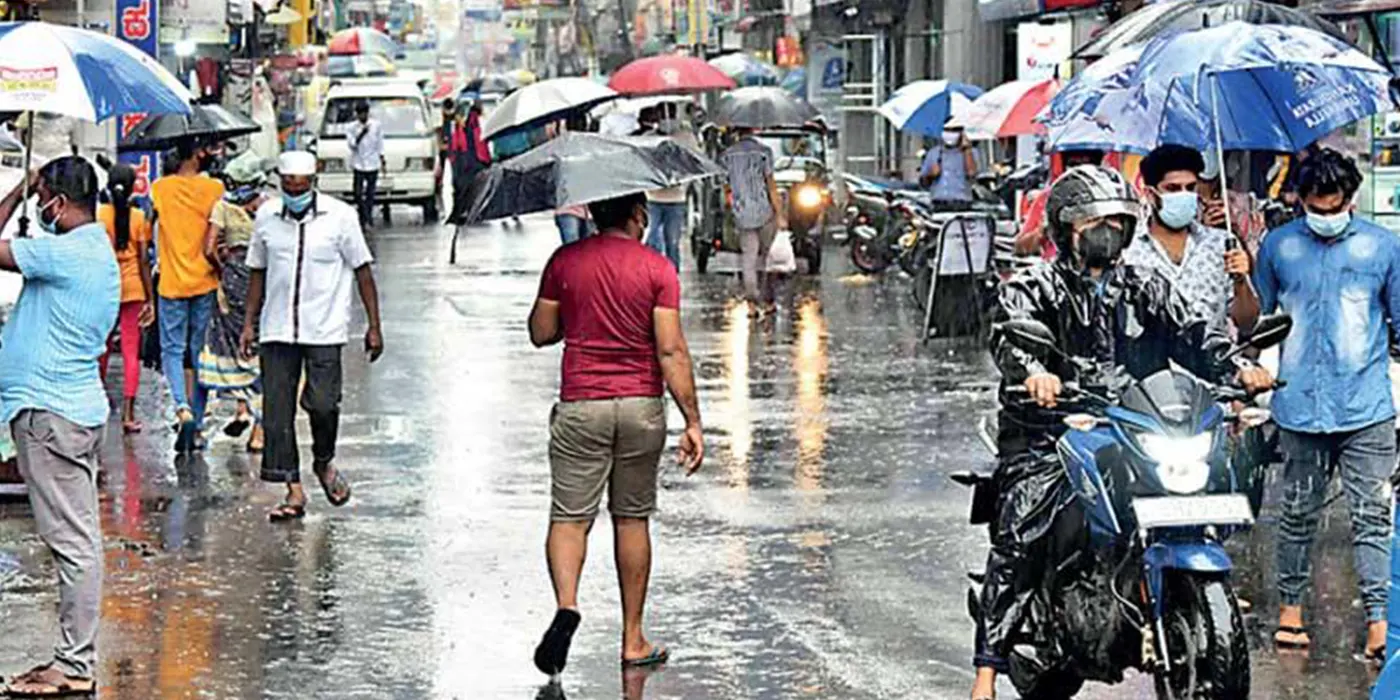
Rainfall is essential for life and livelihoods in Sri Lanka. It replenishes water reservoirs, which are used for agriculture, domestic water supply, and hydroelectric power generation.
- Water Reservoir Replenishment: The monsoon seasons play a vital role in replenishing water reservoirs. This is important because water reservoirs provide a reliable source of water for irrigation, drinking, and other uses during the dry season.
- Hydroelectric Power Generation: Sri Lanka harnesses its abundant rainfall for hydroelectric power generation. The monsoons contribute to filling reservoirs, which are used to generate hydroelectric power. Hydroelectric power is a sustainable and renewable source of energy that helps to reduce Sri Lanka’s reliance on fossil fuels.
In addition to these essential uses, rainfall also supports other important aspects of life in Sri Lanka, such as:
- Fisheries: Rainfall helps to replenish rivers and lakes, which provide habitat for fish.
- Tourism: Rainfall helps to create lush vegetation and beautiful waterfalls, which attract tourists from all over the world.
- Ecosystem Services: Rainfall helps to support the natural environment, including forests, wetlands, and coral reefs. These ecosystems provide a variety of benefits to people, such as clean air and water, food, and flood protection.
Overall, rainfall is essential for the well-being of people and the environment in Sri Lanka. The monsoon seasons play a vital role in ensuring a reliable supply of water for the country’s needs.
Adapting to the Monsoons
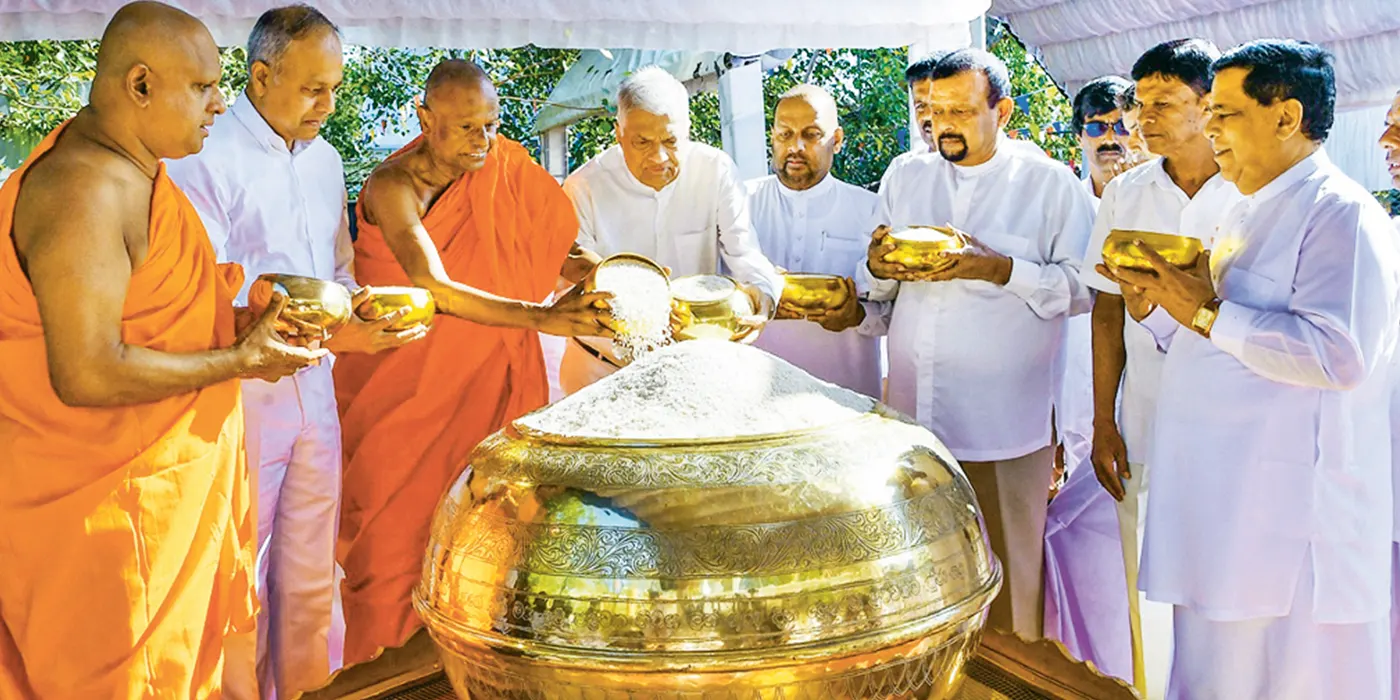
Traditional Practices
Sri Lankan communities have developed traditional farming practices that align with the monsoon seasons. These practices, such as intercropping and rainwater harvesting, showcase the harmonious relationship between humans and nature.
Modern Approaches
With advancements in technology, modern agriculture has also adapted to the monsoons. Efficient irrigation systems and weather forecasting help optimize crop yields and minimize losses.
Tourism during Yala and Maha Monsoons

Off-Peak Travel
While monsoons may not seem like the ideal time for tourism, they offer a unique experience for travelers seeking a different side of Sri Lanka. The lush landscapes and fewer crowds make it a peaceful retreat.
Unique Experiences
Monsoon tourism provides the opportunity to witness Sri Lanka’s natural beauty in its full glory. The rain-washed countryside and vibrant festivals offer a glimpse into the local way of life.
Things to Do in Sri Lanka During Yala and Maha Monsoons
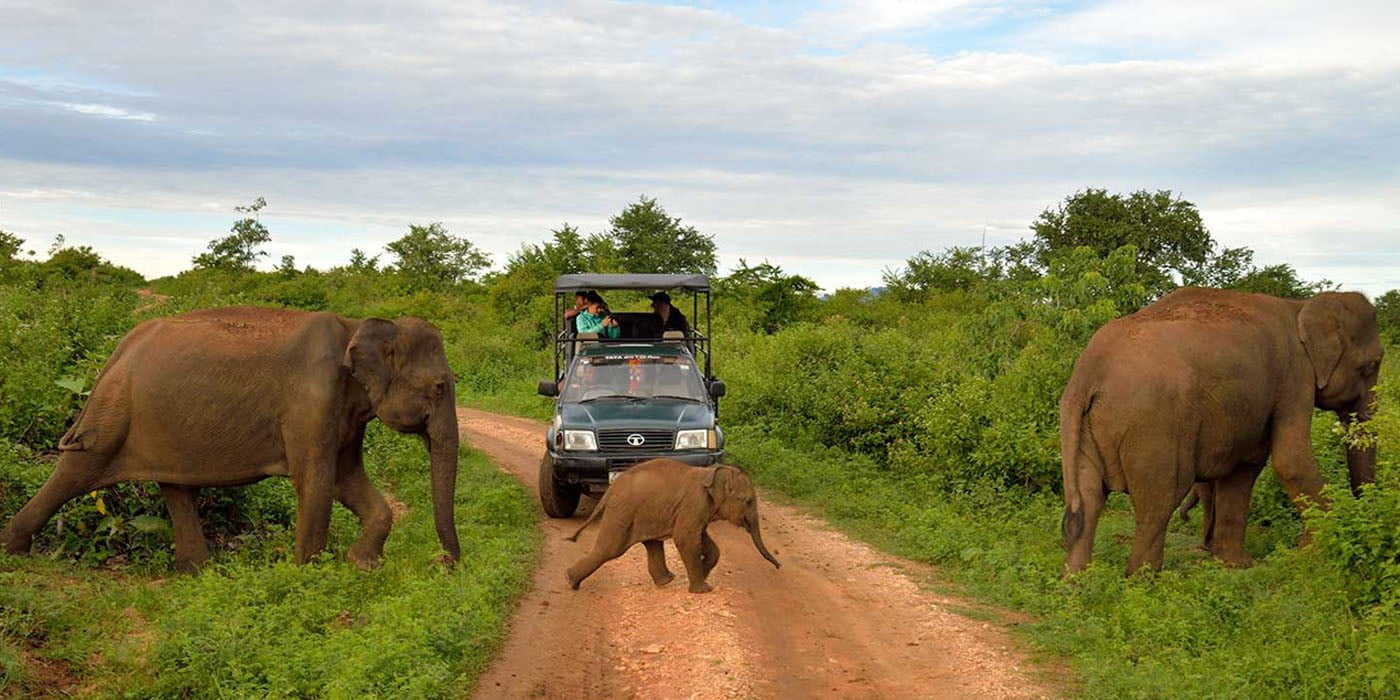
The Yala season is the best time to visit Yala National Park, as the water levels in the park are low, making it easier to spot animals. It is also a good time to visit other wildlife-rich areas of Sri Lanka, such as Wilpattu National Park and Minneriya National Park.
The Maha season is the time for rice cultivation in Sri Lanka. The monsoon rains provide the water needed for the rice fields, and the cooler temperatures are also ideal for rice growth.
Both the Yala and Maha seasons have their own advantages and disadvantages. The Yala season is hot and dry, but it is also the time to see the most wildlife. The Maha season is cooler and more humid, but it can be more crowded as it is the peak tourist season.
Here is a table summarizing the key differences between the Yala and Maha seasons in Sri Lanka:
| Season | Time | Rainfall | Temperature | Wildlife |
|---|---|---|---|---|
| Yala | May – August | Low | Hot and dry | Elephants, leopards, sloth bears, water buffaloes, crocodiles |
| Maha | September – March | High | Cool and humid | Rice cultivation, migratory birds |
Ultimately, the best time to visit Sri Lanka depends on your interests and preferences. If you are interested in wildlife, the Yala season is the best time to go. If you are interested in rice cultivation, the Maha season is the best time to go.
FAQs About Yala and Maha Seasons in Sri Lanka
Are both monsoon seasons equally important for agriculture?
Yes, both the monsoon seasons are crucial for sustaining various crops and ensuring food security in Sri Lanka. The Yala season runs from May to August, and the Maha season runs from October to January.
Can I visit Sri Lanka during the monsoons?
Yes, you can. Monsoon tourism offers a unique and serene experience, showcasing Sri Lanka’s natural beauty. However, it is important to be aware of the weather conditions and plan your trip accordingly.
Which festival is celebrated during the Yala Season?
The Vesak festival, celebrating the birth, enlightenment, and passing of Lord Buddha, is a prominent cultural event during the Yala season. It is celebrated in May or June.
How do the monsoons affect Sri Lanka’s energy production?
The monsoons contribute to filling reservoirs, enabling the country to generate hydroelectric power. Hydroelectric power is a clean and renewable source of energy that helps to reduce Sri Lanka’s reliance on fossil fuels.
What is the significance of Diwali in Sri Lanka?
Diwali, or the Festival of Lights, is celebrated during the Maha season, symbolizing the triumph of light over darkness. It is celebrated in November or December.
